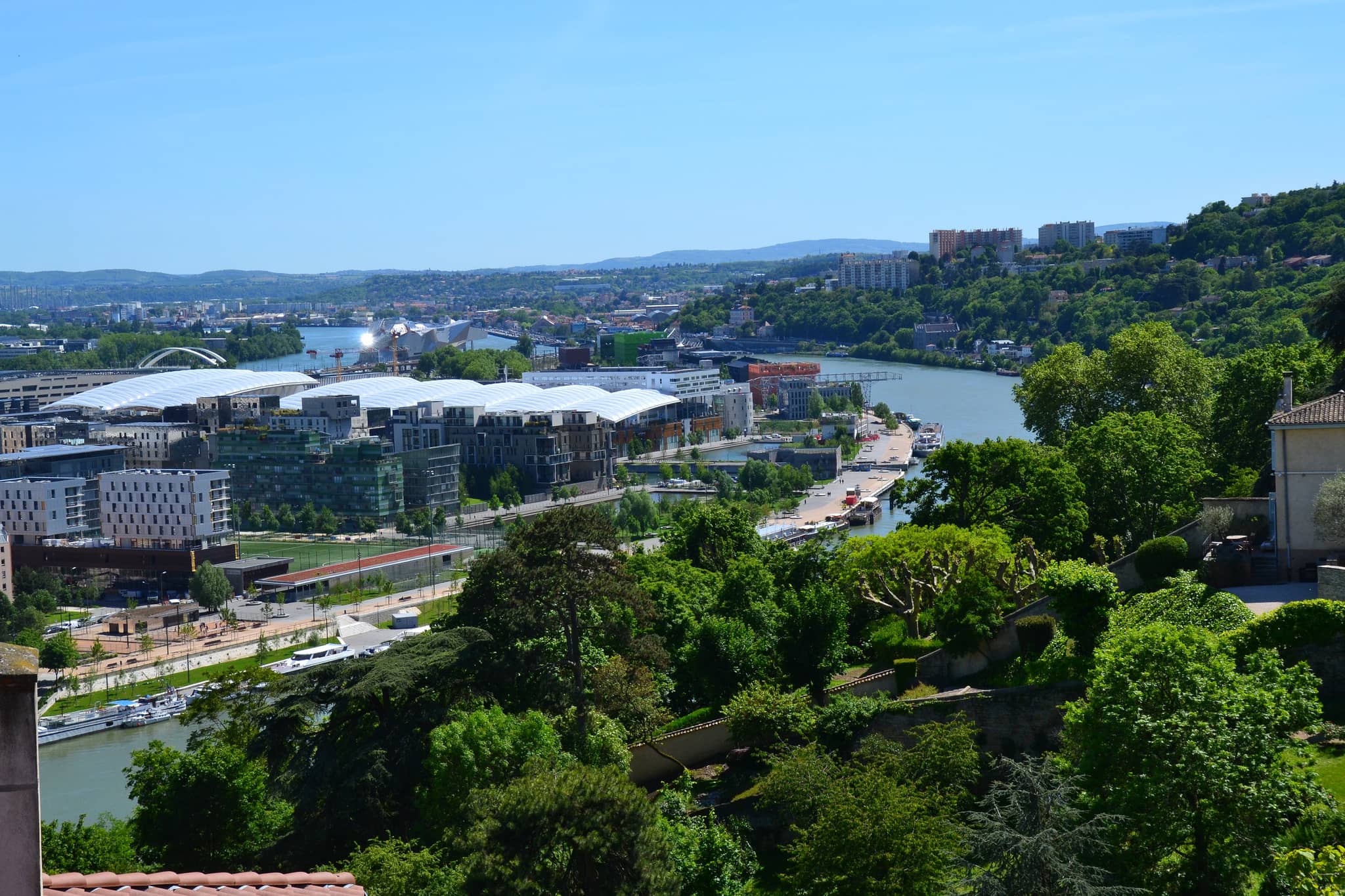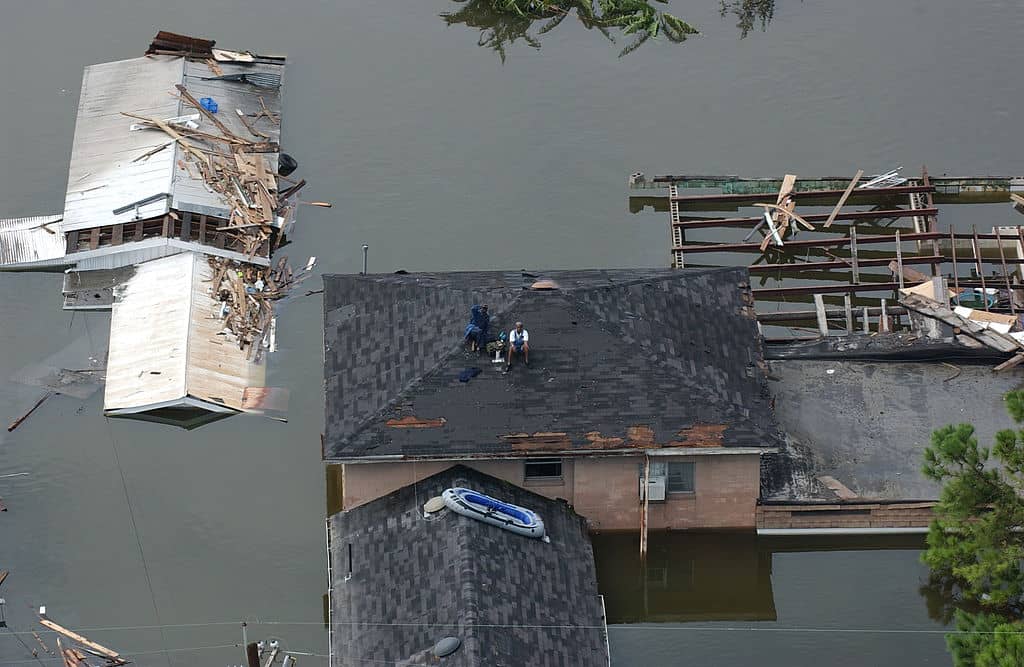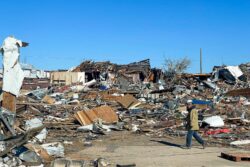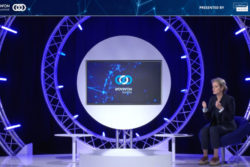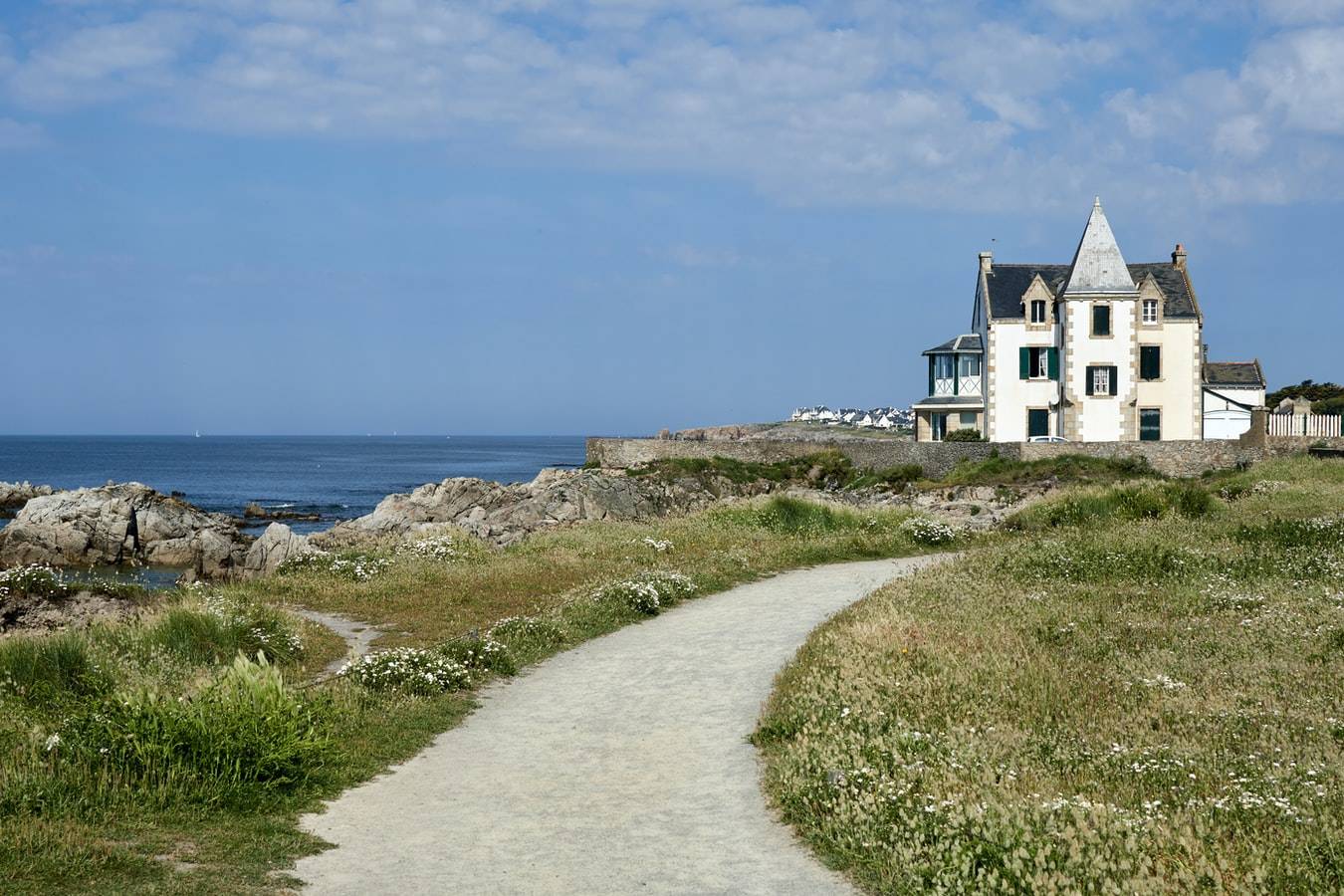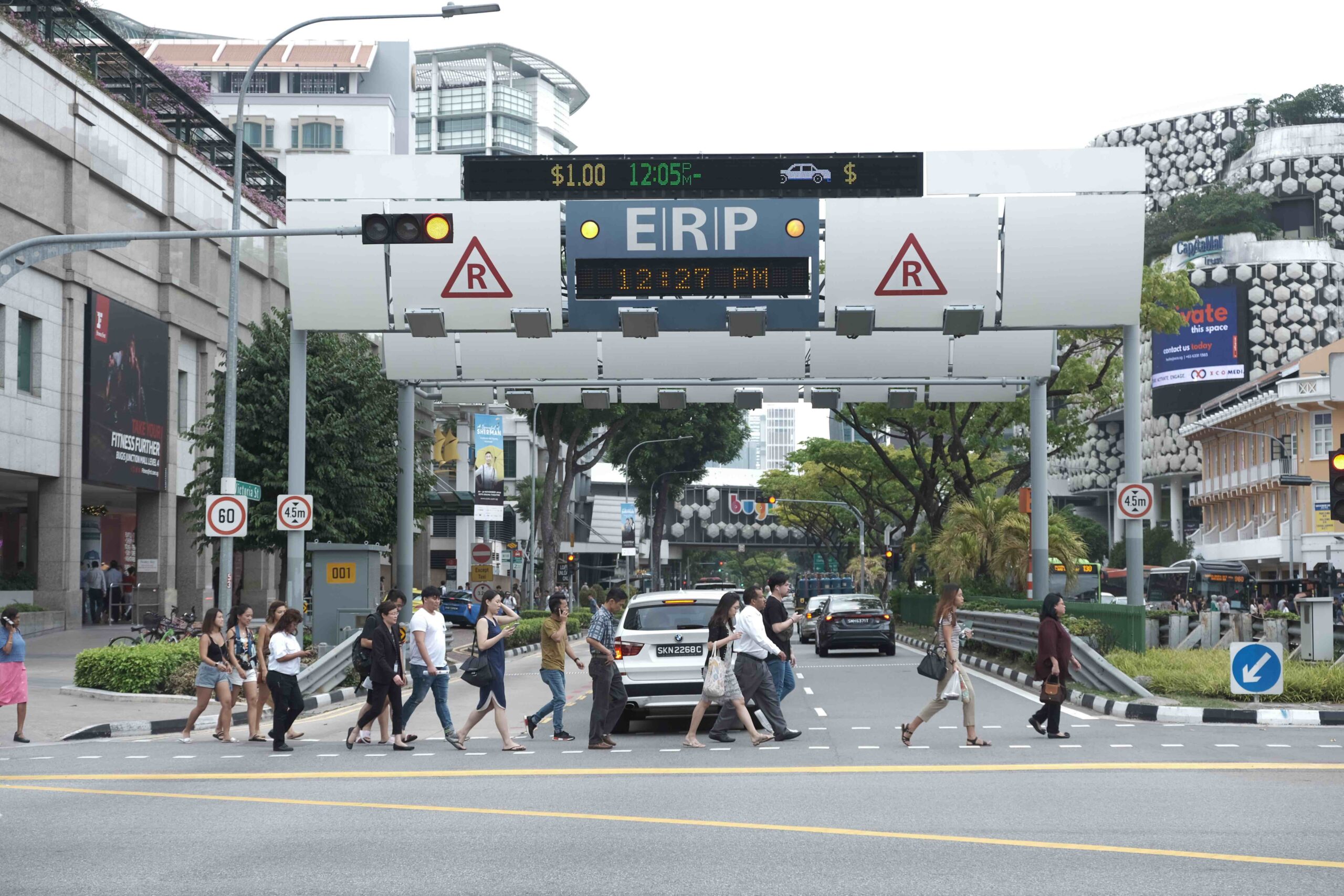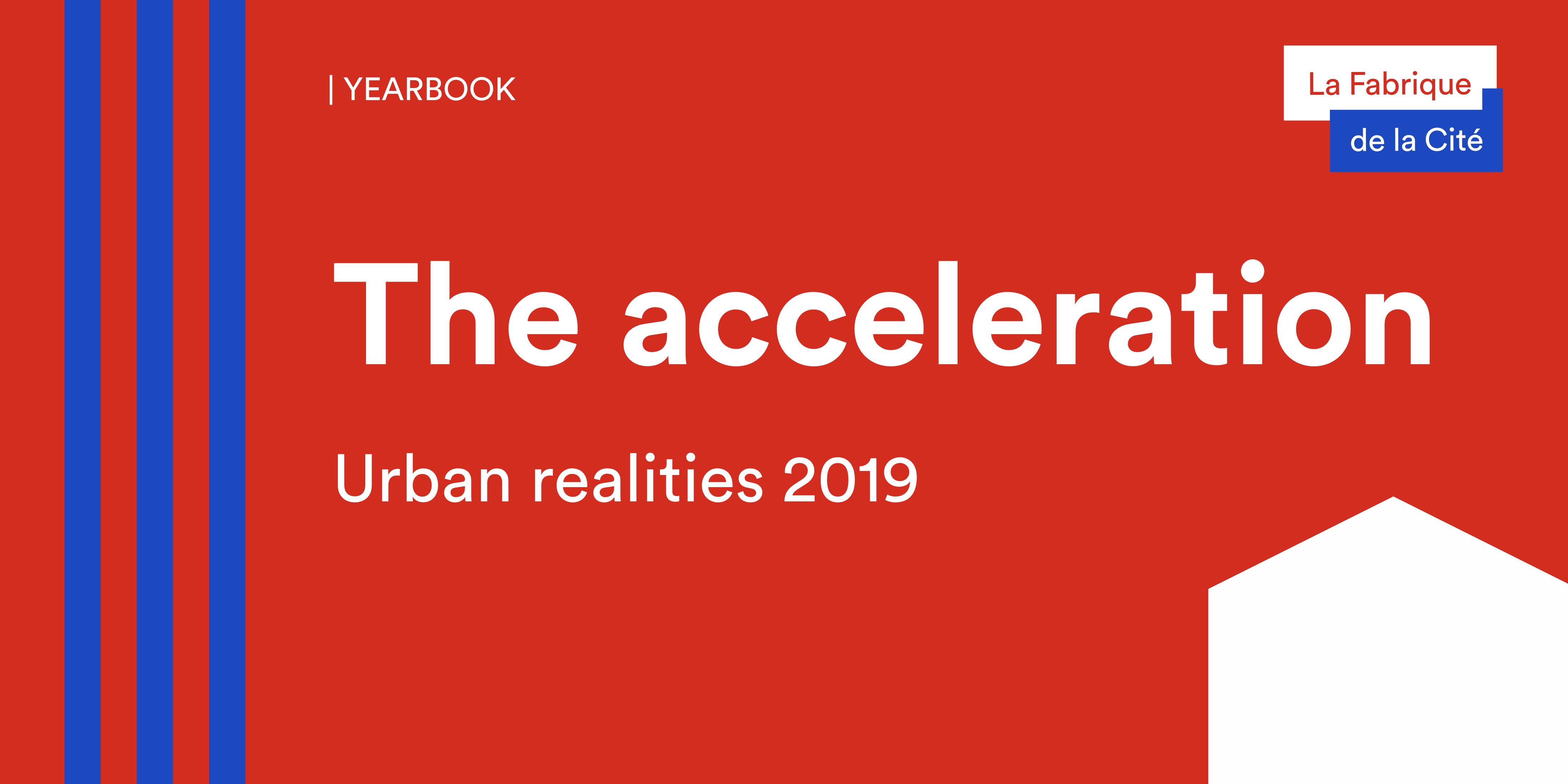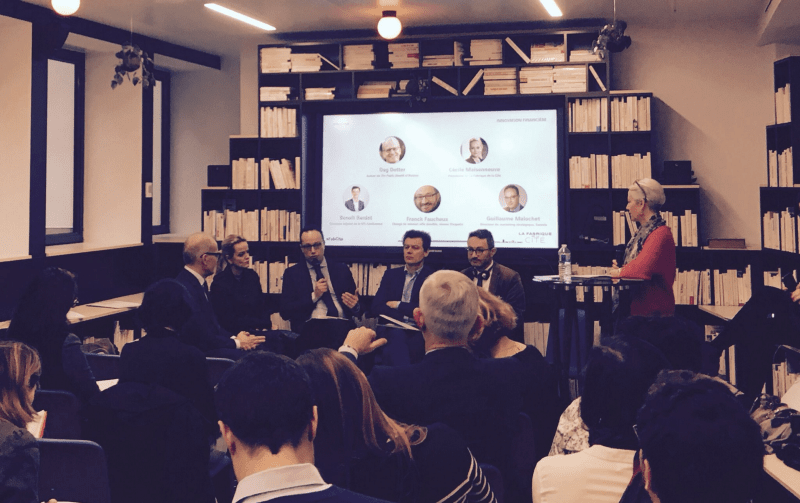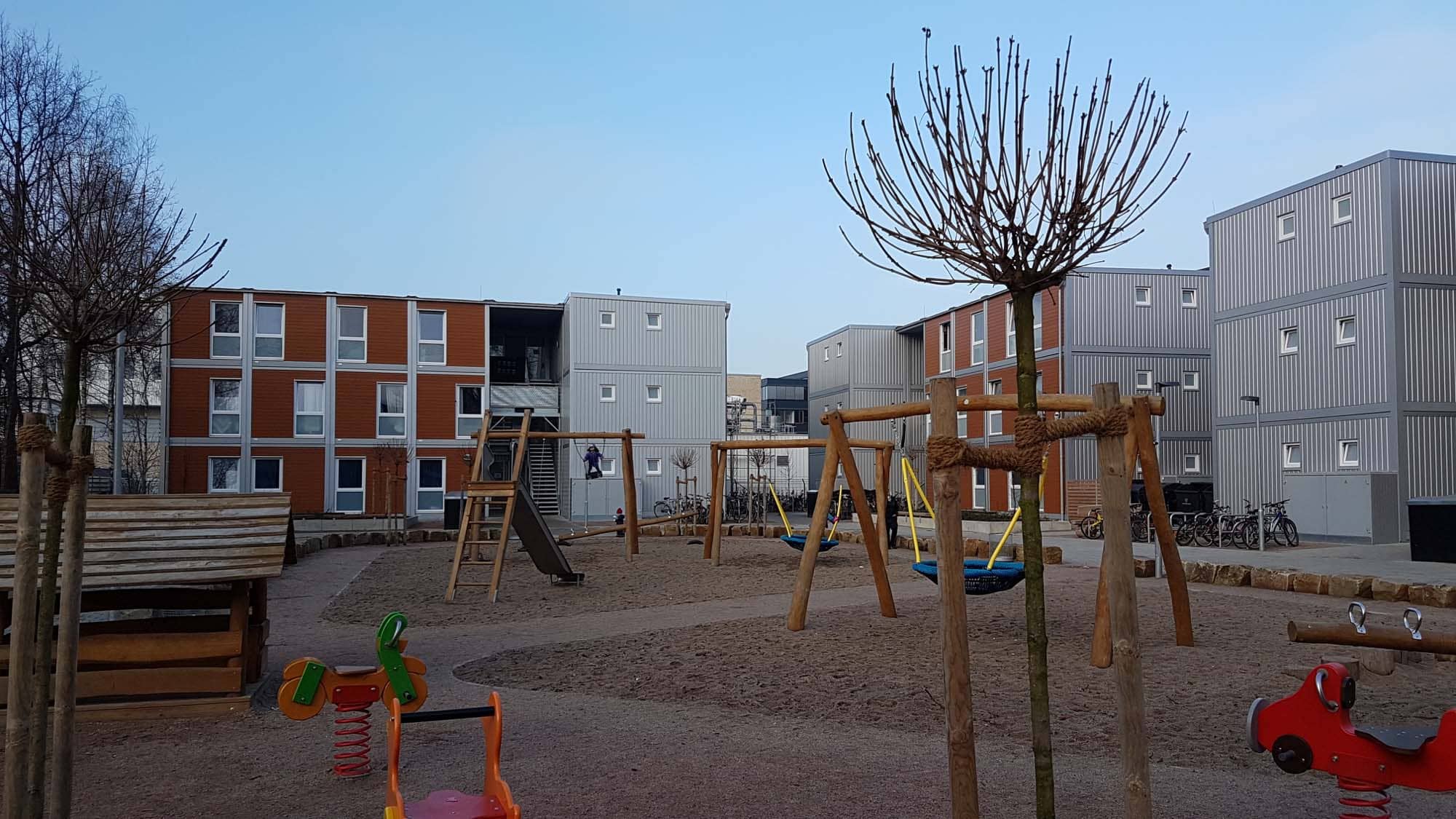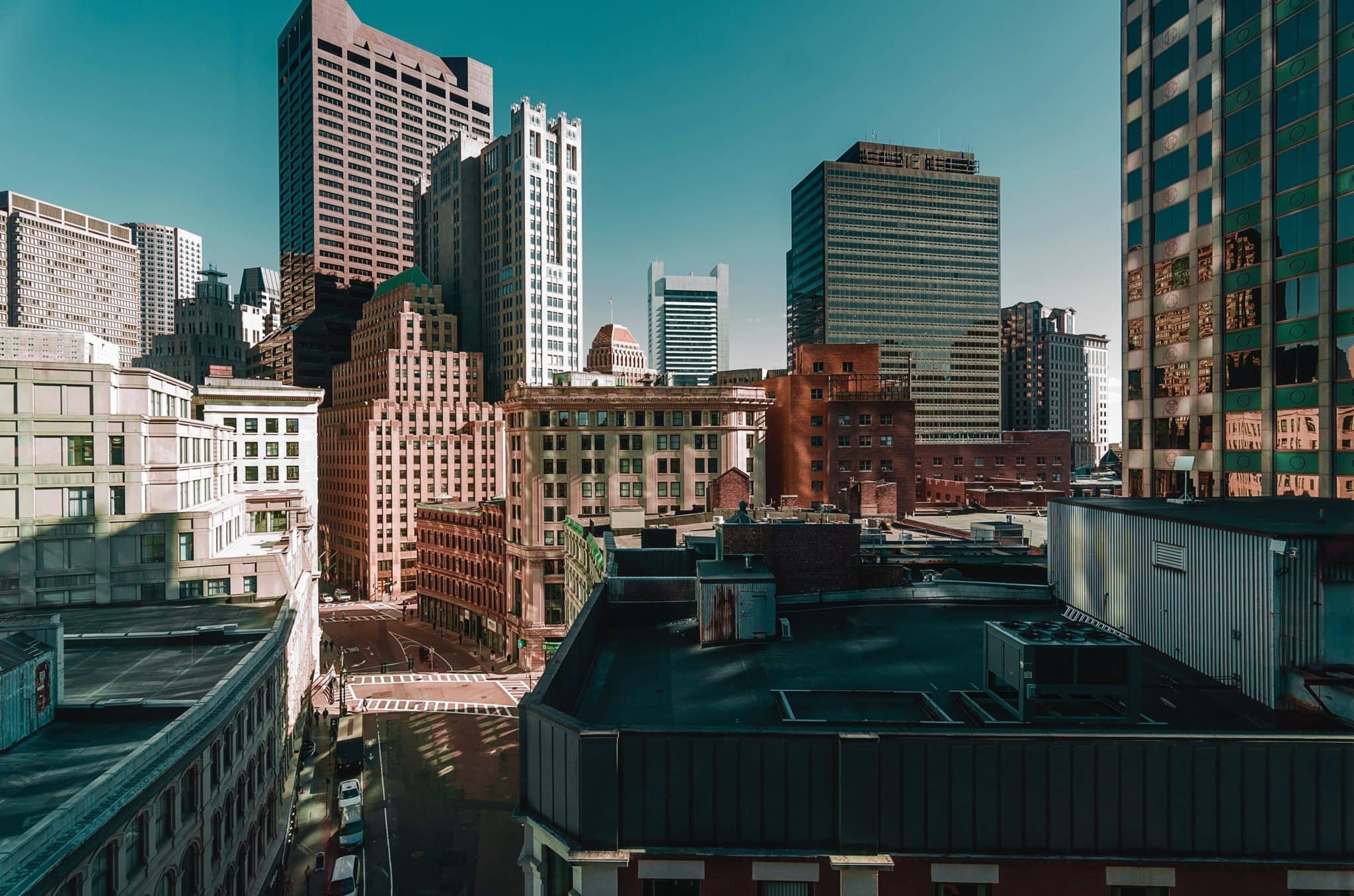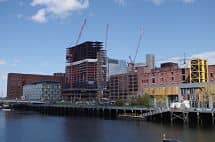

Pittsburgh: From industrial city to innovation hub
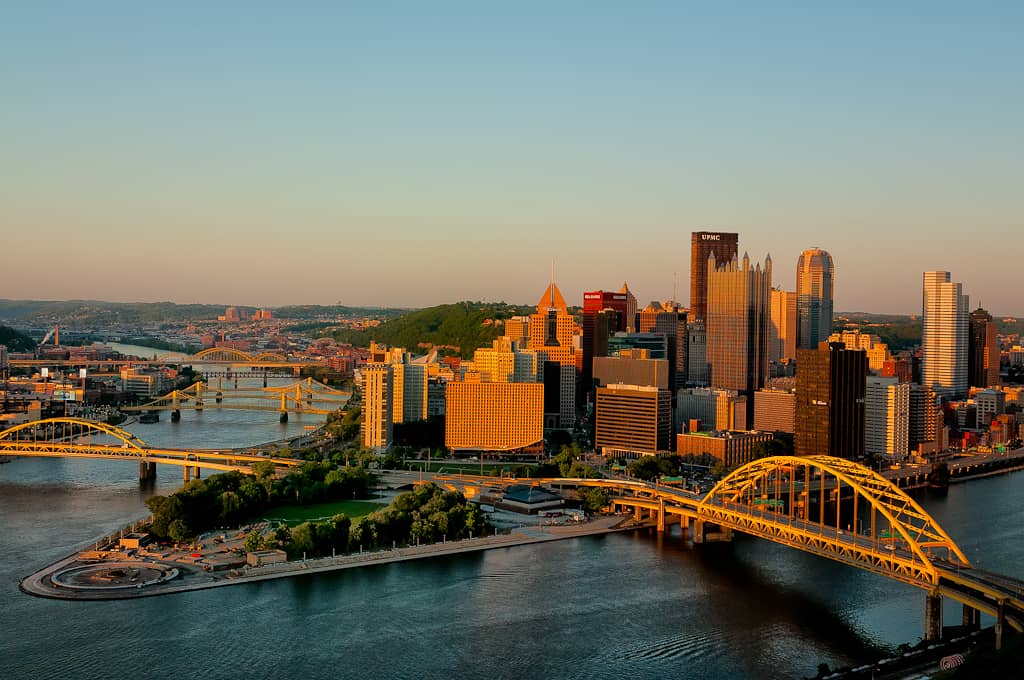
The historic birthplace of the U.S. steel industry, the city of Pittsburgh was severely affected by the industrial crisis of the 1970s and, more recently, by the global financial crisis of 2008, its resilience seemingly jeopardized by these adverse events. But against all odds and thanks to strong political leadership, Pittsburgh has successfully used the digital revolution to reinvent itself, opening up a new era of economic development.
The Rust Belt’s symbolic capital has bet on increased cooperation between public and private stakeholders and leading universities and research centers at the cutting edge of technology, robotics, finance, and the medical industry. A winning bet, as Pittsburgh has now become a leading center for innovation, home to numerous companies of the digital economy (Uber, Google, Amazon), now a model of successful urban transition.
With this new city portrait, La Fabrique de la Cité offers a detailed look at the pillars of this social and economic revitalization, supported by our interactions with the main actors behind this significant urban renewal. Yet the challenges now faced by the second largest city in Pennsylvania are not to be underestimated: from infrastructure maintenance in the era of climate change to the concerns caused by rising inequalities, Pittsburgh’s fight to ensure its own resilience is still underway.
Find this publication in the projects:
-
Innovating to finance urban regeneration and infrastructureHow can we fund infrastructure and re-build the city over the city in a time of rarefied public resources and decaying infrastructure?
-
Urban resilienceBeing confronted and having to cope with changes and shocks, has always been part of the reality of cities. With resilience, how to develop the capacity of cities to rebound and adapt?
These other publications may also be of interest to you:

Is resilience useful?
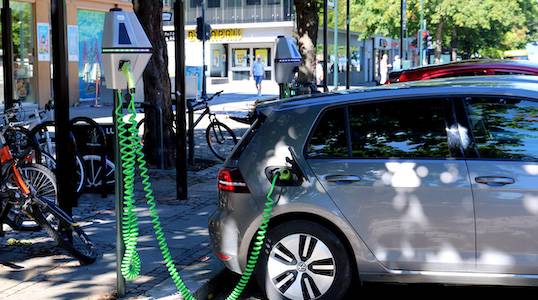
Funding mobility in a post-carbon world

Sending out an SOS
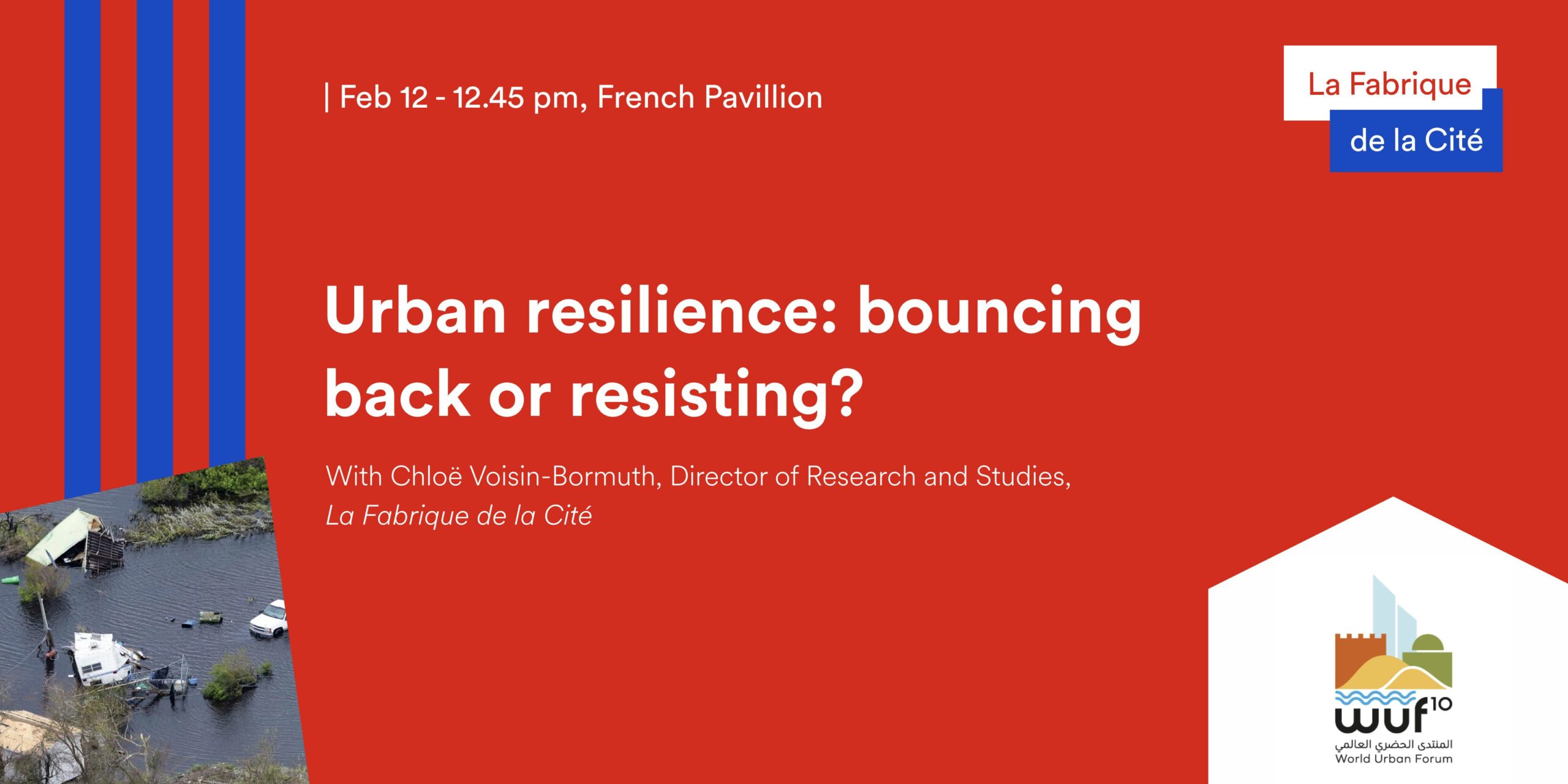
Resilience: an operational concept?
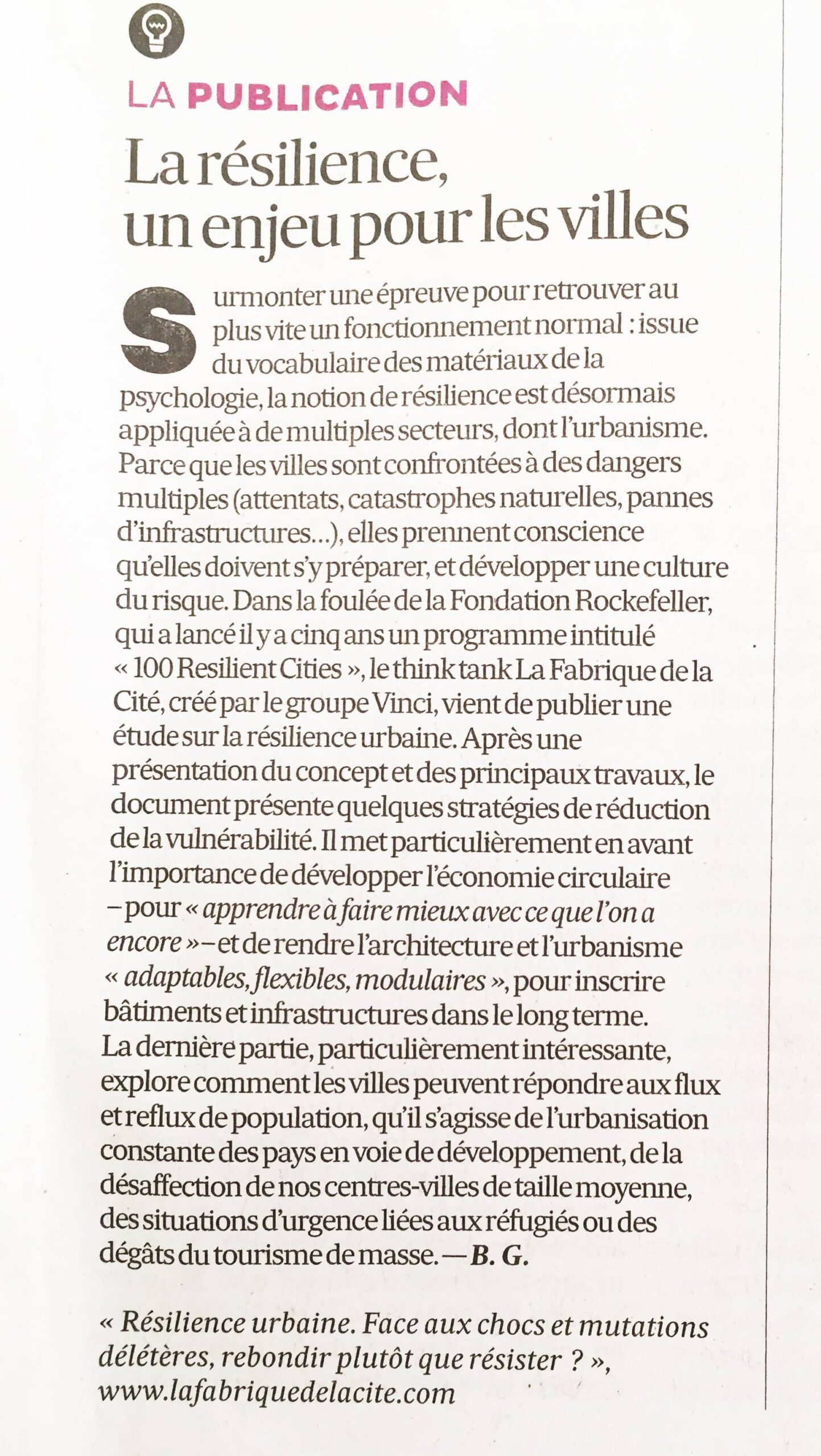
Resilience, a critical stake for cities
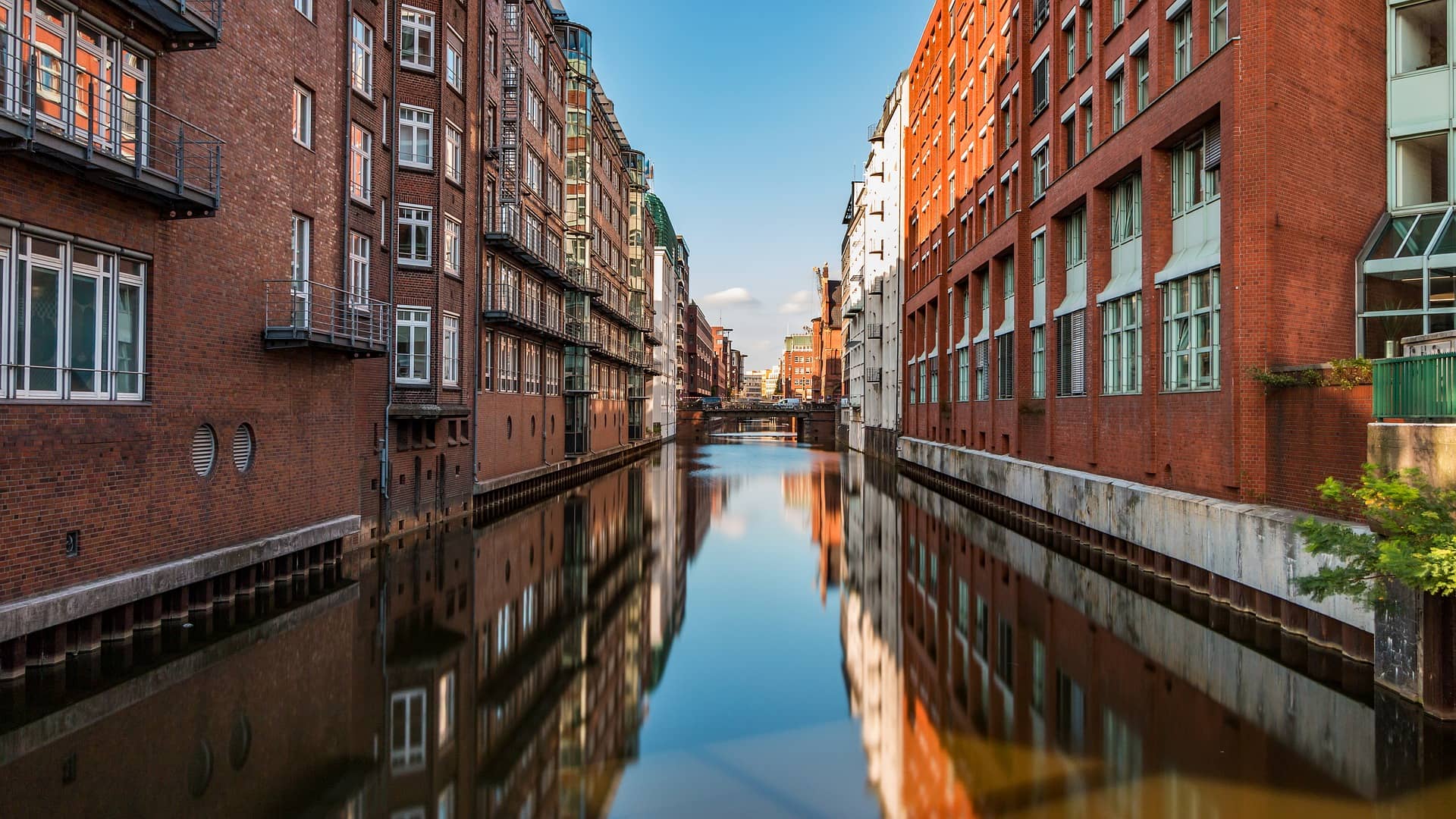
Hamburg
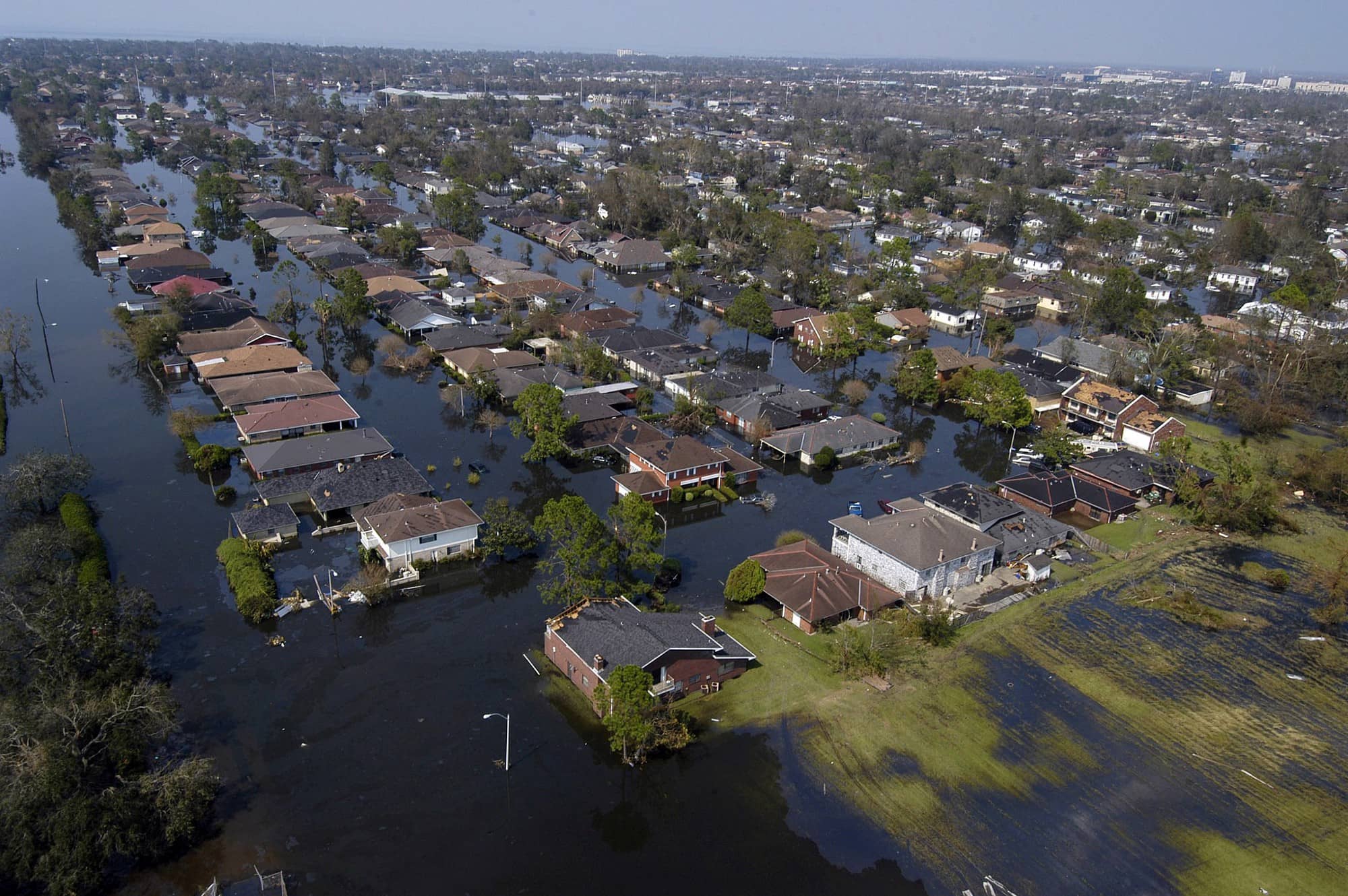
Urban Resilience
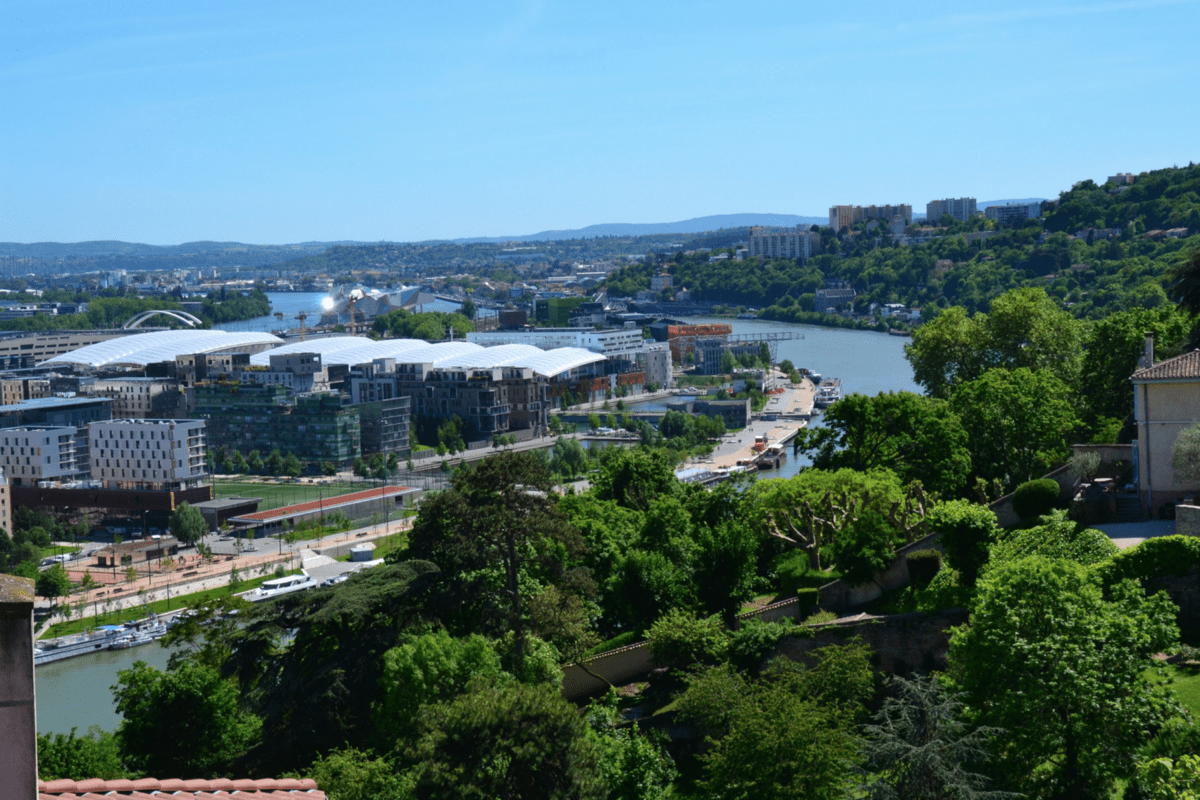
The Public Wealth of Cities
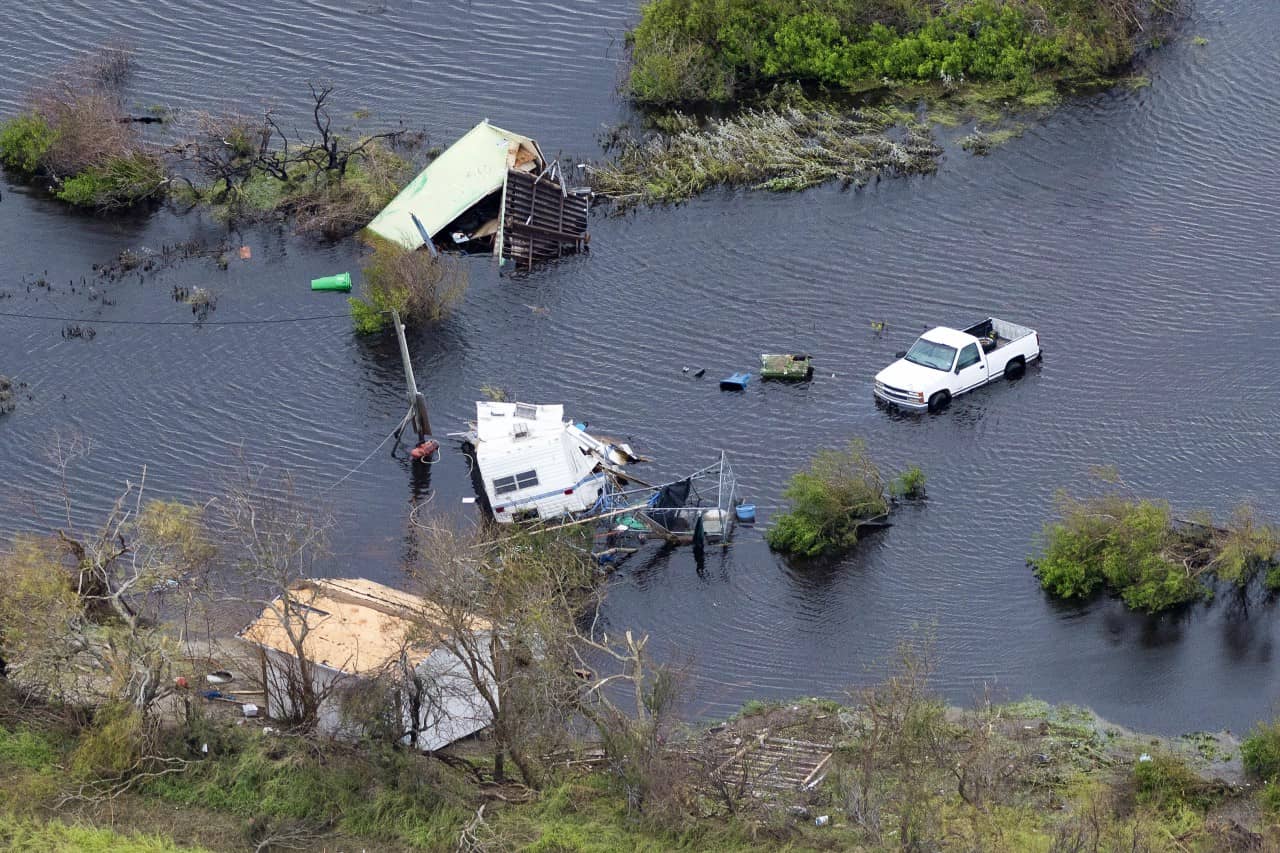
The 5th element

Boston Focus
La Fabrique de la Cité
La Fabrique de la Cité is a think tank dedicated to urban foresight, created by the VINCI group, its sponsor, in 2010. La Fabrique de la Cité acts as a forum where urban stakeholders, whether French or international, collaborate to bring forth new ways of building and rebuilding cities.
















